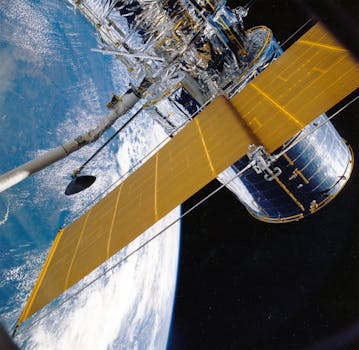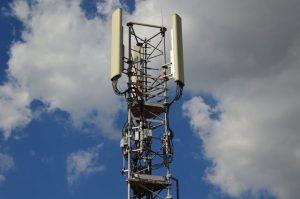
GEO Satellites: Introduction to the Technology and Applications

GEO satellites, or Geostationary Earth Orbit satellites, are a type of satellite that orbits the Earth at an altitude of approximately 36,000 kilometers above the equator. At this altitude, the satellite’s orbital period matches the Earth’s rotational period, allowing it to remain stationary relative to a fixed point on the Earth’s surface. This unique characteristic makes GEO satellites ideal for a wide range of applications, including telecommunications, weather forecasting, and navigation.
GEO satellites have been in use for several decades, with the first GEO satellite, Syncom 2, launched in 1963. Since then, the technology has evolved significantly, with modern GEO satellites offering higher bandwidth, greater reliability, and improved performance. Today, GEO satellites play a vital role in modern telecommunications, providing global coverage and enabling a wide range of applications, including television broadcasting, internet connectivity, and mobile communications.
How GEO Satellites Work

GEO satellites work by transmitting and receiving signals to and from Earth-based stations. The satellite’s antenna receives signals from the Earth station and amplifies them, then re-transmits them back to Earth, where they are received by other Earth stations. This process allows GEO satellites to provide global coverage, enabling communication between different parts of the world.
The signals transmitted by GEO satellites are typically in the microwave frequency range, which allows them to penetrate the Earth’s atmosphere and travel long distances without significant attenuation. The satellite’s antenna is designed to receive and transmit signals in a specific frequency range, which is allocated by international regulatory bodies to prevent interference between different satellite systems.
Applications of GEO Satellites

GEO satellites have a wide range of applications, including telecommunications, weather forecasting, and navigation. In telecommunications, GEO satellites are used to provide global coverage, enabling communication between different parts of the world. They are also used to broadcast television channels, provide internet connectivity, and enable mobile communications.
In weather forecasting, GEO satellites are used to monitor the Earth’s weather patterns, providing images of cloud patterns, storm systems, and other weather phenomena. These images are used by meteorologists to predict weather patterns and issue warnings for severe weather events.
In navigation, GEO satellites are used to provide location information and timing signals, which are used by GPS receivers to determine their location and velocity. This information is used in a wide range of applications, including aviation, maritime, and land transportation.
Future of GEO Satellites

The future of GEO satellites is exciting, with new technologies and applications being developed. One of the key trends in the GEO satellite industry is the development of high-throughput satellites, which offer higher bandwidth and greater capacity than traditional GEO satellites. These satellites are designed to provide high-speed internet connectivity, enabling a wide range of applications, including video streaming, online gaming, and cloud computing.
Another trend in the GEO satellite industry is the development of small satellites, which are designed to be smaller, lighter, and less expensive than traditional GEO satellites. These satellites are being developed for a wide range of applications, including Earth observation, communications, and navigation.
See more:



